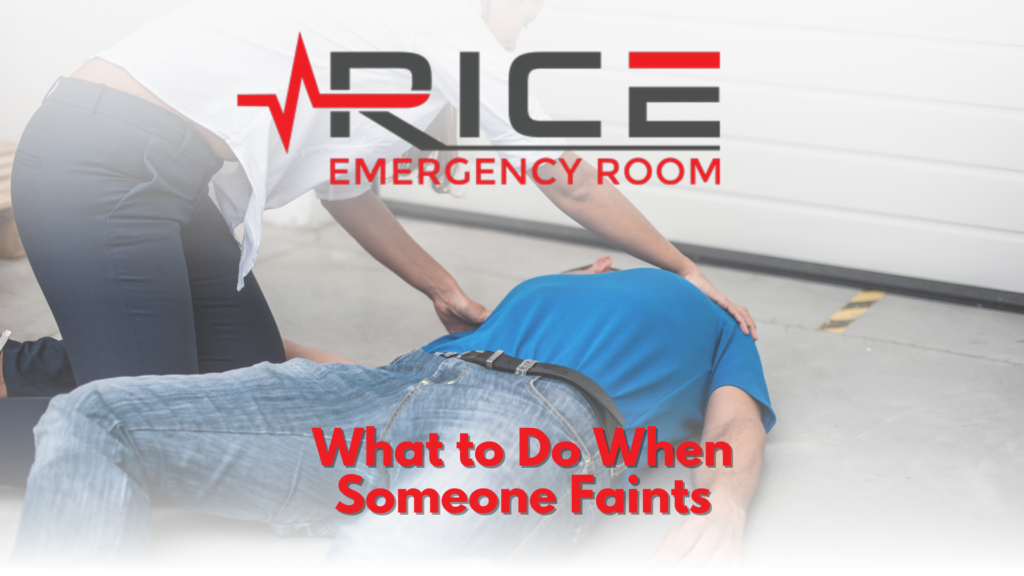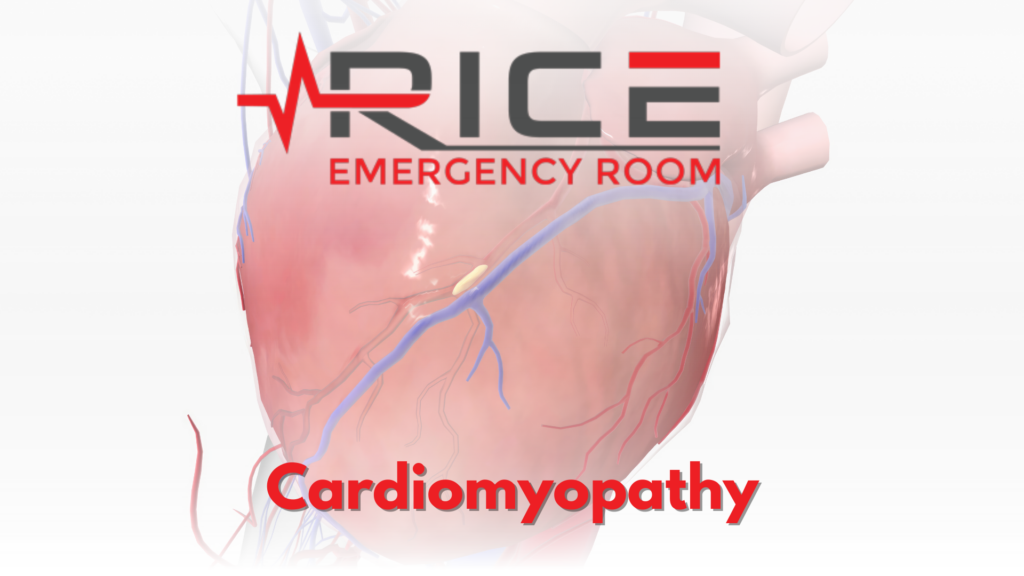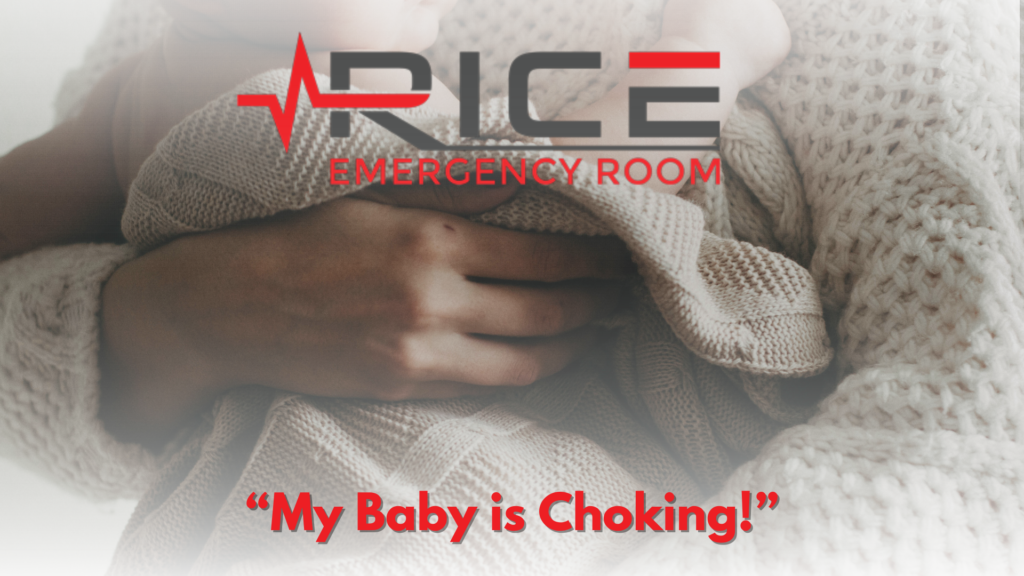Fainting is defined as syncope in the medical industry. This is defined as a sudden and temporary loss of consciousness, which is usually caused by a brief reduction in blood flow to the brain.
Although fainting may not always be dangerous, it can be a warning sign of a more serious health issue or result in injury if not handled correctly. Knowing how to provide emergency care when someone faints can make a significant difference in their safety and well-being.
Common Causes of Fainting
There are several reasons why someone might faint, ranging from relatively harmless triggers to more serious health concerns. Common causes include:
- Dehydration: Insufficient fluid intake can lead to low blood pressure, causing fainting.
- Overheating: Being in a hot environment, especially in crowded or poorly ventilated areas, can cause the body to overheat, leading to fainting.
- Rapid Changes in Position: Standing up too quickly can cause a sudden drop in blood pressure, known as orthostatic hypotension, which may result in fainting.
- Emotional Stress: Intense emotions such as fear, anxiety, or pain can trigger a vasovagal response, causing a sudden drop in heart rate and blood pressure, leading to fainting.
- Underlying Medical Conditions: Heart problems, blood sugar imbalances, or neurological disorders can also cause fainting episodes.
Immediate Actions to Take When Someone Faints
If someone near you faints, it’s essential to stay calm and take the following steps:
- Check Responsiveness: Gently shake the person and call their name to see if they respond. If they are unresponsive, call 911 immediately.
- Positioning: If the person is breathing and stable, lay them flat on their back. Elevate their legs about 12 inches to promote blood flow to the brain. If the person remains unconscious after a minute, seek emergency help.
- Check for Injuries: If the person fell and hit their head or sustained other injuries, avoid moving them, especially if you suspect a spinal injury, and call for emergency assistance.
- Loosen Tight Clothing: If the person’s clothing is tight, especially around the neck, loosen it to aid breathing.
- Monitor Breathing: Ensure the person is breathing regularly. If they stop breathing or show no signs of life, begin CPR immediately and call 911.
- Stay with the Person: Once the person regains consciousness, keep them lying down for at least 10-15 minutes and advise them to rise slowly. Make sure they stay hydrated and consult a healthcare provider to determine the cause of the fainting episode.
When Fainting Requires Emergency Care
While fainting can be benign, certain situations demand immediate medical attention:
- Head Injury: If the person hits their head during the fall, there’s a risk of concussion or more severe injury. This is particularly concerning if they remain unconscious or are confused when they wake up.
- Frequent Fainting Episodes: Repeated fainting may indicate an underlying medical condition, such as a heart problem or neurological disorder, which requires diagnosis and treatment.
- Chest Pain or Shortness of Breath: Fainting preceded by chest pain, shortness of breath, or an irregular heartbeat could signal a heart attack or other serious cardiovascular issue.
- Prolonged Unconsciousness: If the person does not regain consciousness within a minute or two, it’s vital to seek emergency medical care immediately.
- +Seizures: If the person experiences a seizure during or after fainting, they require immediate medical attention to assess potential neurological issues.
Conclusion
Fainting can be a frightening experience, both for the individual and those around them. However, understanding what to do in such situations can help ensure the person’s safety. Remember that fainting, especially when accompanied by other symptoms or injuries, should be treated as a potential medical emergency. At Rice Emergency Room, we are prepared to provide the necessary care in such situations with our state-of-the-art facilities and board-certified emergency physicians.
We also offer free monthly American Heart Association CPR training and certification for parents, caregivers, and anyone interested in preparing for life’s unexpected moments. Our classes are designed to equip you with the knowledge and skills to confidently handle fainting and other emergencies. Classes are held on the second Tuesday of each month at our facility, and registration is easy. Simply visit this link to sign up. Don’t wait until an emergency happens—take the proactive step of learning how to protect your loved ones today.
Works Cited
“Fainting (Syncope).” American Heart Association, 25 Apr. 2023, www.heart.org/en/health-topics/fainting-syncope. Accessed 19 Aug. 2024.
“Syncope: First Aid.” Mayo Clinic, 5 Oct. 2022, www.mayoclinic.org/first-aid/first-aid-syncope/basics/art-20056665. Accessed 19 Aug. 2024.
“Treating Fainting: What to Do When Someone Faints.” Cleveland Clinic, 3 Dec. 2022, health.clevelandclinic.org/what-to-do-when-someone-faints/. Accessed 19 Aug. 2024.




